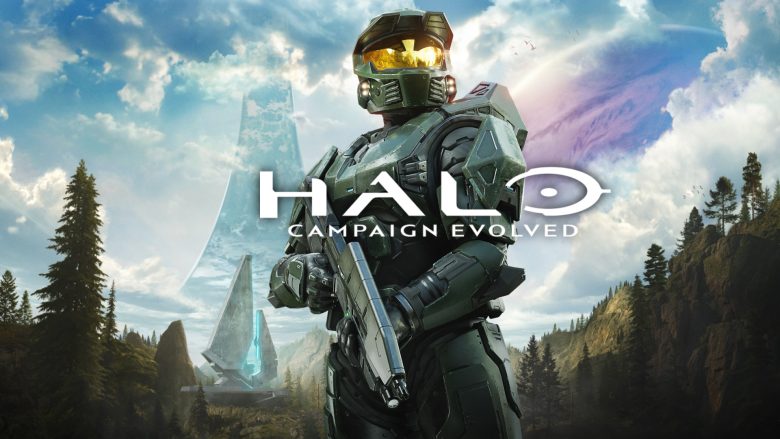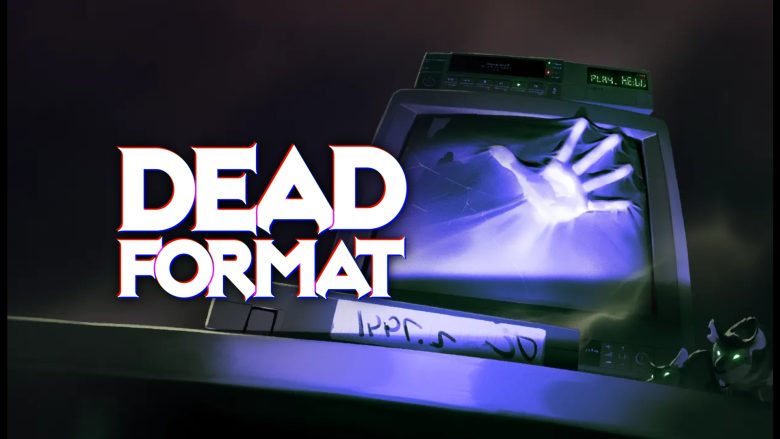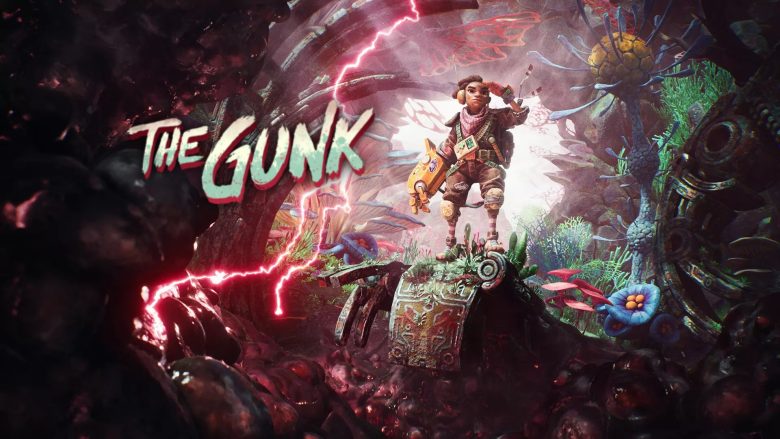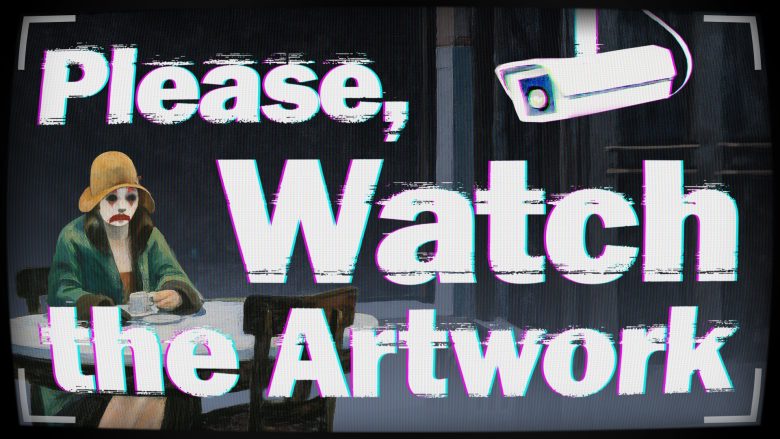A new YouTube live gave us the chance to dig into what’s cooking inside Subcult Joint.
Stefano Guglielmana welcomed us once again into his legendary Brighton lair, sitting on a bold tiger-print armchair, rocking a gorgeous Misfits tee and that bright, contagious smile.
For us, talking with him always feels exciting, fun, and—above all—enlightening.
Because this isn’t an interview. It’s a warm, genuine conversation with one of the most interesting, talented, and original developers we’ve ever met.
Creator of the explosive Cookie Cutter, and a phenomenal illustrator and animator, Stefano carries that sharp spark—a mix of irreverence and deep wisdom. Always quick with a joke, always ready with the right words.

After a well-deserved break in Sicily, he came back to England more fired up than ever and shared some important hints about his plans and, especially, about the future of his creation: Cookie Cutter.
Cherry, the Denzels, and the rest of that wild cast—especially the vision of a world that could turn into anything, a game, a movie—live with Stefano since he was a kid. They sit in his thoughts, his projects, and in the earliest pages of a comic he drew all the way back in 2002.

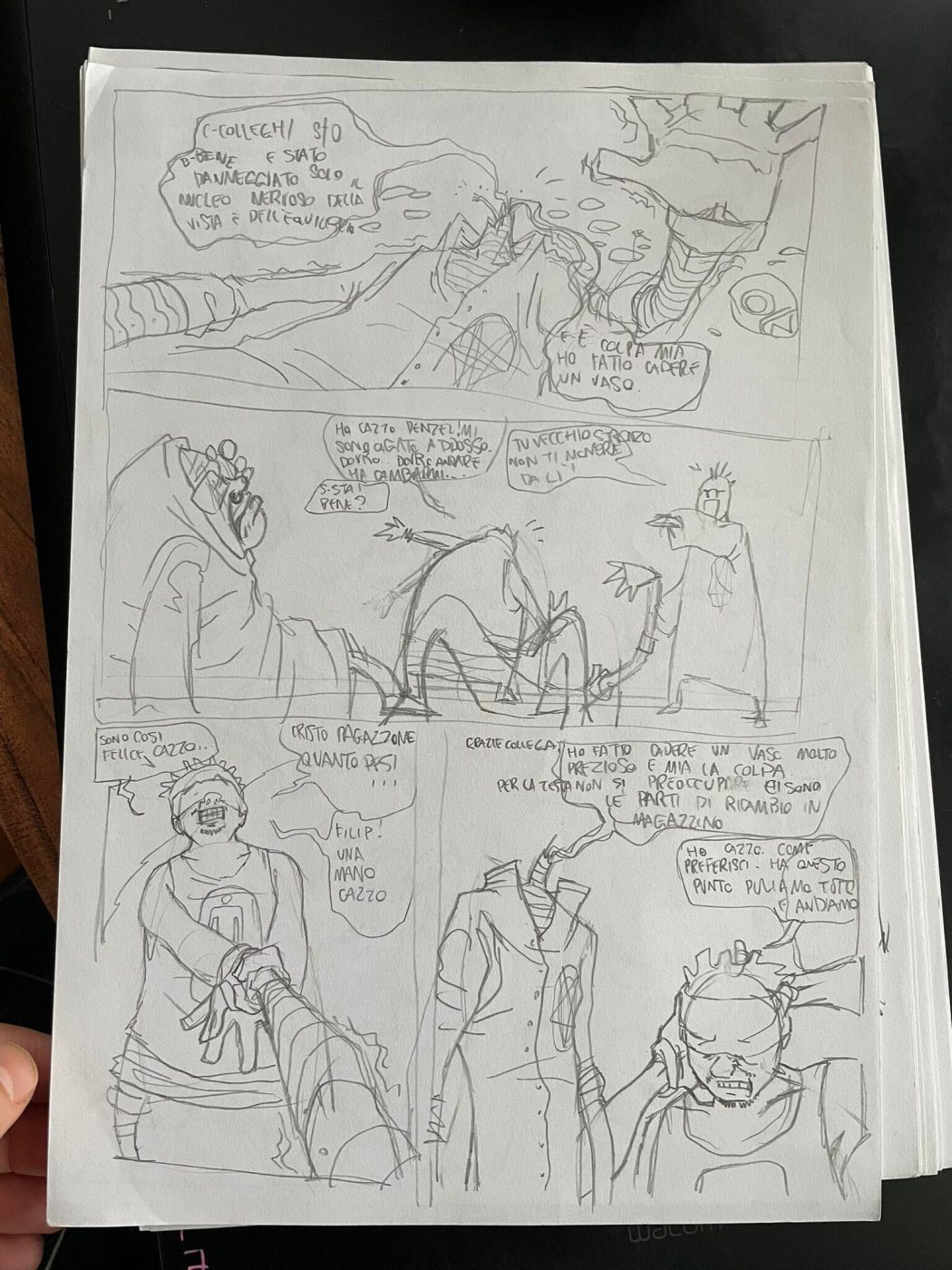
He never let go of that childhood world. It evolved as he evolved. It grew up with him until it became the game we met two years ago, finally ready to stand on its own.
The Evolution of Cookie Cutter
Because Stefano has zero plans to leave that universe anytime soon, Cookie Cutter won’t sit still as a finished, boxed product waiting for him to move on.
A new project isn’t on the table yet. Not now.
Cookie Cutter still has a lot to say, and Stefano wants to keep giving it a voice and enriching it as much as he can.
The plan involves a DLC, with his team fully assembled and ready to tear the place apart.
But to make that happen, the same old condition shows up again: funding.
Until the right situation arrives, though, Stefano refuses to stop:
“As long as I don’t have the funds to bring the team back together and make the DLC, I can only work on small or medium improvements. And if I still don’t have enough money to start the DLC, I’ll keep going like this: fixing things every now and then. Maybe I’ll take fifteen years and add new missions slowly. I don’t care; maybe I’ll sell three copies. As long as I feel like working on it, I work on it.”

What Really Happened with the Publishers
Now, let’s get to the hot topic of this cheerful chat. Because here at Indie Games Devel we’re curious as hell, and we couldn’t wait to hear the real reasons and dynamics behind the shift Stefano hinted at on his social profiles.
The story between Stefano and the Cookie Cutter publisher isn’t the toxic drama everyone expects when creatives deal with the industry. It’s more layered, more real, and honestly, more interesting. It’s a story built on investments, early trust, different life phases, and that moment when two paths stop moving in the same direction.
Everything started with pure enthusiasm.
The publisher believed in the project when Cookie Cutter was still miles away from the game we know now. They invested around half a million dollars—an amount that lets a small studio breathe again. And that’s exactly what happened: for a long time, the team focused on development without the nightmare of self-funding every hour of work.
The deal had a clear structure, though: the publisher stays the main partner until they recover their entire investment. Only then, piece by piece, full ownership goes back to the developers.
Stefano explained it calmly, without bitterness:
“When they get all their money back, the product goes entirely back to me.”
It’s the classic mechanism, and at first it worked.

The relationship flowed smoothly, the platforms stayed in sync, and the updates followed a solid rhythm. Then, slowly, something stopped lining up. No blow-ups, no dramatic fallout—just different needs surfacing on both sides.
Stefano even calls it a “divorce,” but not in a hostile sense. More like a conscious separation between professionals who realize they’re no longer walking in the same direction.
“It’s a very complex story… but the publisher behaved well.”
And that line sets the tone: this isn’t a story of grudges. It’s a story of transition.
Then came the heaviest stage:
changing logos, updating loading screens, realigning stores, figuring out who handles what and when.
Especially on platforms like PlayStation and Xbox, where even the tiniest change requires certification cycles, checks, and approvals. Until everything becomes clear with the publisher, those platforms stay on hold.
Stefano puts it bluntly:
“I won’t give the green light for the other platforms until everything is clear. I’d rather do it myself.”
And that’s not stubbornness—it’s the mindset of an artist who refuses rushed releases and half-baked handling.
Inside all this sits the toughest truth: no matter how talented an artist is, nothing prepares you for the business side of this industry. He says it with disarming honesty:
“Being an artist is one thing; being a businessman is a completely different story.”
What feels like flow, instinct, and creation to a developer turns into contracts, percentages, milestones, and accounts to the industry. These two worlds don’t always dance well together.
Today, the situation looks like a technical separation in progress—managed calmly, without rushing just to get it over with.
Meanwhile, Stefano keeps pushing the game forward with the same dedication as always, but with a newfound freedom—more autonomy, more personal direction. Steam remains the easiest platform to handle until everything else settles down. The consoles wait.

It’s a mature story, more grown-up than people might expect. No revenge, no slammed doors.
Just a professional relationship that ran its course and now closes with respect. A complex handoff, sure, but also a way to bring Cookie Cutter fully back under the creative control of the person who imagined it in the first place.
Waiting for the Next Face-to-Face
Stefano always makes us feel appreciated. He values our work, and, honestly, we adore him for that.
He stays open, warm, and welcoming—maybe one day we’ll finally visit him in person—and he’s already ready for another round.
We’d love to watch a no-holds-barred match between him and his friend and colleague Chris Darril, creator of Bye Sweet Carole, released this October.

So who knows—maybe in the next live we’ll widen the circle and bring together two extremely original, highly artistic visions.
In the meantime, we recommend checking out our first live with him, now a year old but still spot-on if you want to understand Stefano and his extraordinary world more deeply.


